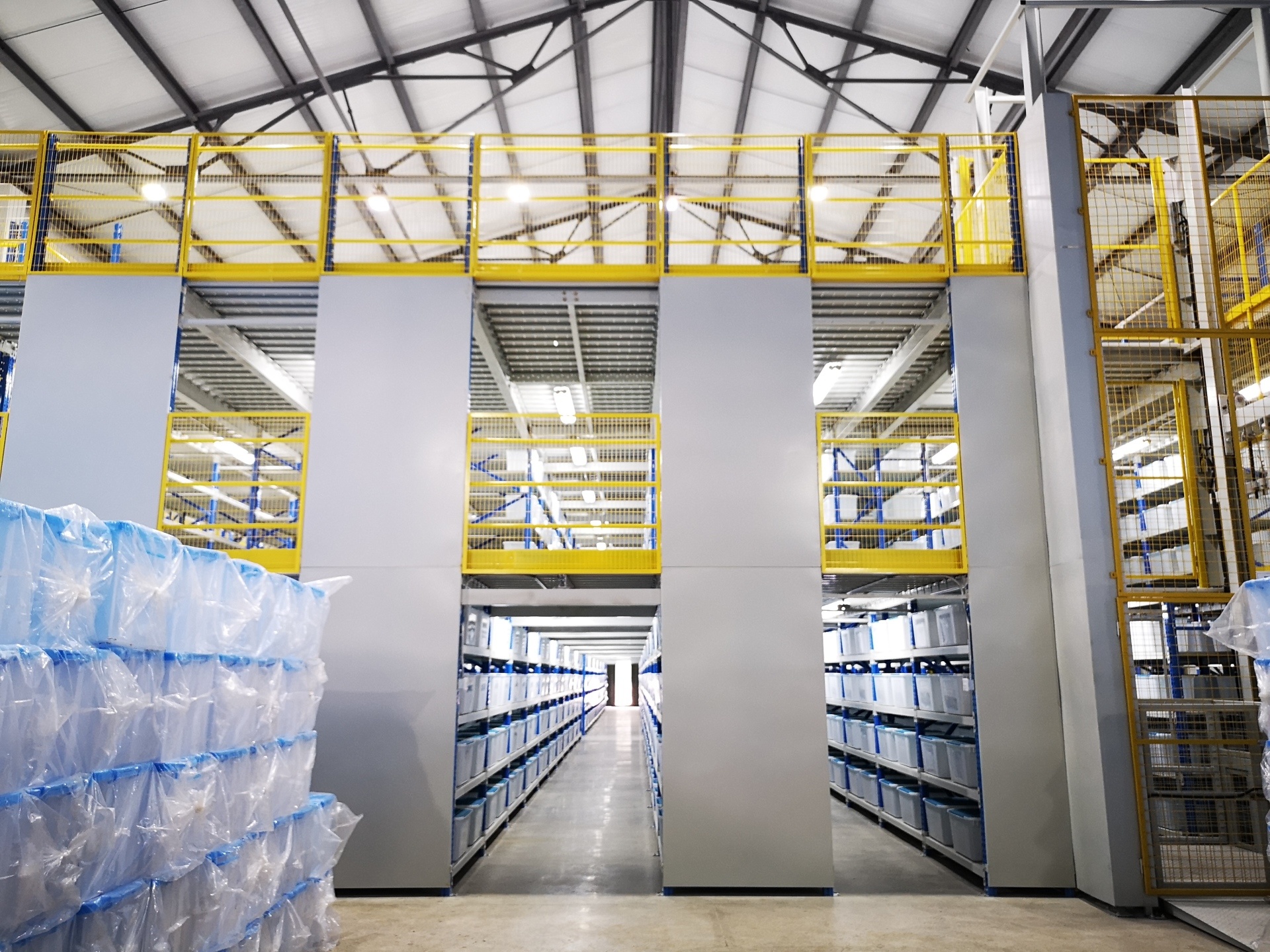
Blog
Several Problems Easily Neglected in Storage Shelf Structure
2022-03-17 11:42
Storage shelves bearing safety issues have been widely concerned, but the real shelf project site is like this? After visiting the survey we found that most of the project has been installed and completed waiting for acceptance, or even has been put into use on the goods. However, it is actually found that there are many problems in the shelf, which leads to the failure of the structural calculation to pass the bearing check. Even the designed shelf is not a structure at all, but an organization. There is no need for calculation and it does not meet the standards at first sight.
The following are several problems that we will often encounter in the inspection process that are easy to ignore in the design of shelf structure. Please pay more attention to your technical partners.

1. back pull problem
Back pull rod is the most effective component to resist the lateral deformation of the shelf, commonly known as the lateral force resistance component. The setting of the back rod is analyzed in detail in the article on the setting requirements of the three-dimensional library shelf rod (support) system. Back pull in the setting should pay attention to these points:
1. There should be an effective horizontal force transmission method between the shelf and the back tie rod, such as a horizontal cross tie rod or a horizontal board. Only the cantilever link is not enough;
2. The horizontal force transmission member shall be set at the height of the upper and lower ends of the back pull rod, and the horizontal force transmission member shall be arranged from the innermost side of the shelf to the position of the back pull rod;
3. A more reliable way is to set up a reinforced column to support the other end of the cantilever connecting rod, and set up a back pull rod flat member to connect the left and right cantilever connecting rods to form a rectangular frame with the shelf beam, and set a horizontal cross frame diagonal. Rod;
4. The back rod shall be grounded;
5. The cantilever connecting rod should be close to the beam-column node instead of the middle position of the column between the upper and lower beams.
2. beam-column joint problem
For shelves without back tie rods, such as ordinary beam shelves, nodes provide the main contribution to resist lateral deformation when the component specifications have been determined. The traditional hanging piece connection, the beam-column joint is semi-rigid, there is a certain stiffness, need to test to obtain. However, it should be noted that if the beam and the column are connected by bolts, and the bolts are within the cross-sectional range of the beam, the stiffness of the beam-column node is very small, and the structure will be simplified as a hinge, and the effect of resisting lateral deformation can be reduced to negligible.
3. Column Foot Node Problem
The main problem of column foot node is the abuse of single screw adjustable column foot, see single screw adjustable column foot-the beginning of the collapse of the shelf. Similarly, the stiffness of the single-screw column foot node is very small, and the structure will be simplified as a hinge, and the effect of resisting lateral deformation can be reduced to negligible.
If the above three situations occur at the same time in a shelf design structure, then the shelf structure is reduced to an institution, and the risk of collapse is greatly increased.
Latest recommend
Contact Us
Headquarters Address: 1801, Floor 18, Building 6, Jiayue Plaza, Yard 9, Hongye Road, Daxing District, Beijing
Hotline:139-1033-6413
Contact E-mail:lixiulan@jwrack.com
Get in touch with our team in time and be happy to help you
COOKIES
Our website uses cookies and similar technologies to personalize the advertising shown to you and to help you get the best experience on our website. For more information, see our Privacy & Cookie Policy
COOKIES
Our website uses cookies and similar technologies to personalize the advertising shown to you and to help you get the best experience on our website. For more information, see our Privacy & Cookie Policy
These cookies are necessary for basic functions such as payment. Standard cookies cannot be turned off and do not store any of your information.
These cookies collect information, such as how many people are using our site or which pages are popular, to help us improve the customer experience. Turning these cookies off will mean we can't collect information to improve your experience.
These cookies enable the website to provide enhanced functionality and personalization. They may be set by us or by third-party providers whose services we have added to our pages. If you do not allow these cookies, some or all of these services may not function properly.
These cookies help us understand what you are interested in so that we can show you relevant advertising on other websites. Turning these cookies off will mean we are unable to show you any personalized advertising.